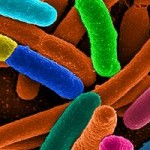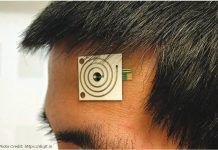 Steps toward biological computing are completed by creation of logic gates from gut bacteria and DNA.
Steps toward biological computing are completed by creation of logic gates from gut bacteria and DNA.
“Logic gates are the fundamental building blocks in silicon circuitry that our entire digital age is based on. Without them, we could not process digital information,” says professor Richard Kitney of Imperial College London.
The team of scientist found that logic gates behave more like the standard electronic version. Being modular, this means that they can be fitted together to make different types of logic gates, paving the road for more complex biological processors to be built in the future.
“Now that we have demonstrated that we can replicate these parts using bacteria and DNA, we hope that our work could lead to a new generation of biological processors, whose applications in information processing could be as important as their electronic equivalents.”
In one experiment, the team constructed an AND gate from E Coli – normally found in a rather unsavoury spot. The team altered it with modified DNA, which reprogrammed it to perform the switching-on-and-off process when stimulated by chemicals.
The researchers were also able to connect the biological logic gates to form more complex components in a similar way to electronic components are made, combining a NOT gate with the AND gate to produce the more complex NAND gate. Although it’s all still a long way off, the team suggests that these biological logic gates could one day form the basis of microscopic biological computers.
Devices could include sensors that swim inside arteries, detecting the build up of harmful plaque and delivering medications. Other sensors could perhaps detect and destroy cancer cells inside the body.



